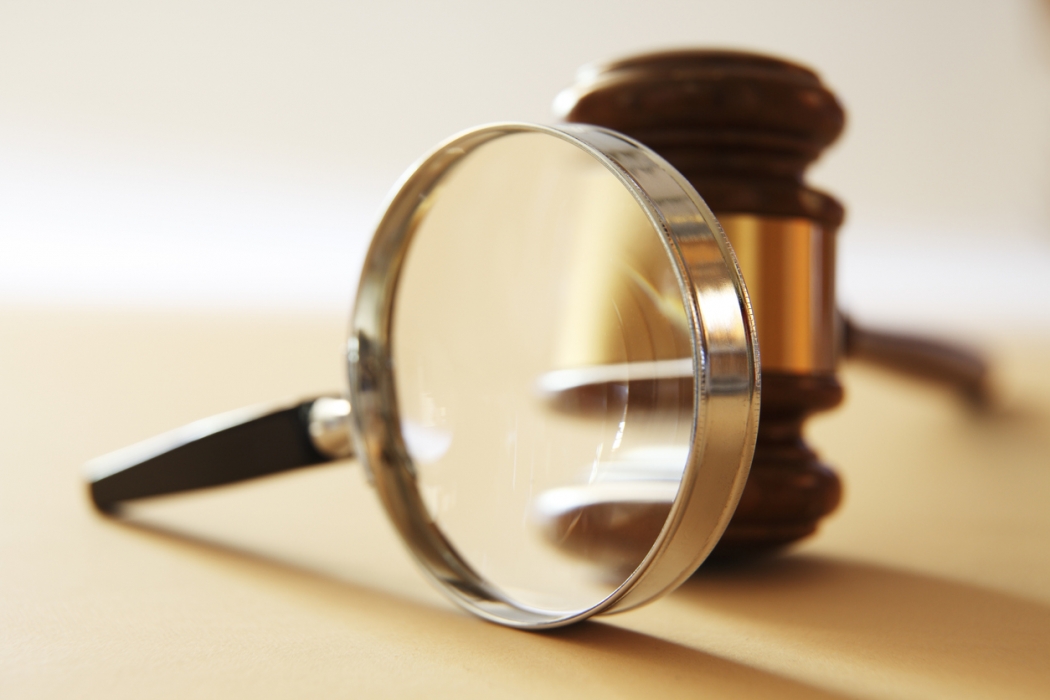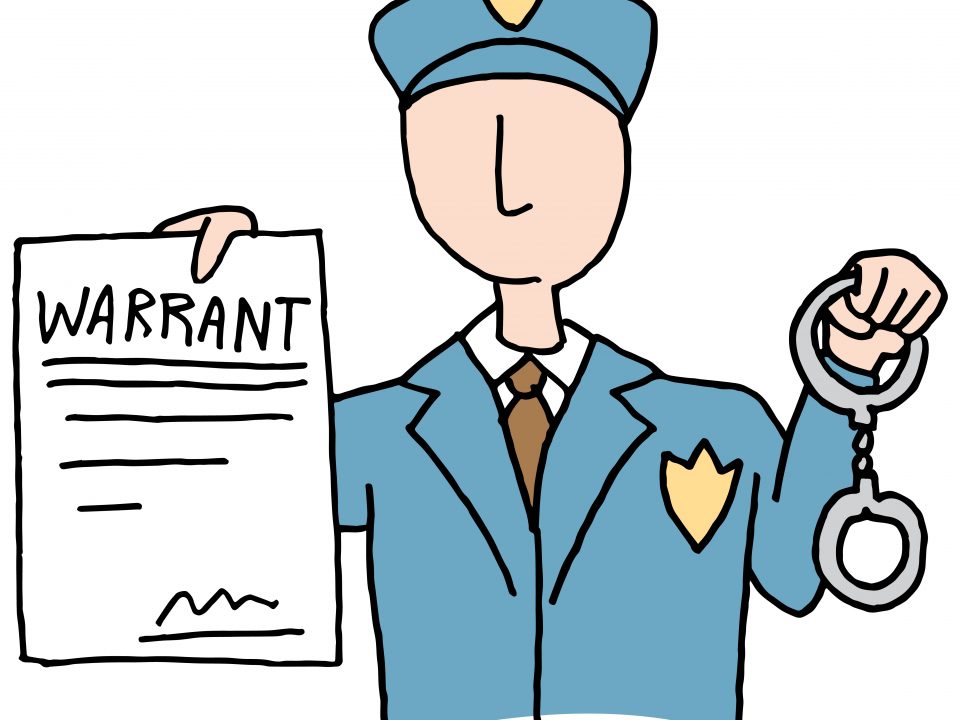3.6 Amendments: Balancing Individual Freedom with Public Order and Safety
3 min read•june 18, 2024
Jed Quiaoit
Annika Tekumulla
AP US Government 👩🏾⚖️
240 resourcesSee Units
The Balancing Act
Let’s dive deeper into the idea of the safety of society versus individual rights that we have highlighted throughout this unit review!

Over time, the Supreme Court has attempted to balance claims of individual freedom with laws and enforcement procedures that promote public order and safety through the use of various legal tests and doctrines.
One such test is the "strict scrutiny" standard, which is used to evaluate laws that restrict fundamental constitutional rights such as freedom of speech and religion. Under this standard, the government must show that the law is narrowly tailored to serve a compelling state interest.
Another test used by the Court is the "intermediate scrutiny" standard, which is applied to laws that regulate conduct that is of lesser importance than fundamental rights. The government must show that the law serves an important government interest and is substantially related to that interest.
The Court has also employed the "balancing test," which weighs the individual's rights against the government's interest in regulation. In some cases, the Court has struck down laws that substantially burden individual rights, while in other cases it has upheld laws that impose a lesser burden.
Additionally, the Court has also used the "clear and present danger" test, which is used to evaluate speech that incites or creates a risk of imminent lawless action. The Court has held that the government may restrict speech that creates a clear and present danger, but only if the restriction is necessary to protect against the harm. 🙅🏻
The Eighth Amendment
The Eighth Amendment is an example of this balance ⚖. This amendment states that “excessive bail shall not be required, nor excessive fines imposed, nor cruel and unusual punishments inflicted.” 👊
This definition and interpretation of cruel and unusual punishment has been a matter of discussion and dispute in the courts, particularly with regards to the application of the death penalty imposed by state laws. The courts have been tasked with examining the constitutionality of state death penalty statutes in the light of the provisions stated in the Eighth Amendment, with polarized opinions on both sides.
While the courts have set limits on when the death penalty can be applied, it has upheld the constitutionality of it and has made it easier for states to carry out the death penalty by limiting the number of appeals allowed.
The Second and Fourth Amendments
The discussion and controversy surrounding the Second and Fourth Amendments of the United States Constitution centers on the delicate balance between public safety and individual rights. ⚖️
The Second Amendment guarantees the right to bear arms, while the Fourth Amendment protects citizens against unreasonable searches and seizures. The debate about these amendments raises questions about the role of the government in regulating firearms and collecting digital metadata, and whether such actions promote or impede public safety and the rights of individuals.
Proponents of firearm regulation argue that it is necessary to ensure public safety by reducing the number of firearms in circulation and limiting access to weapons by individuals who may pose a threat. On the other hand, opponents argue that such regulations infringe upon the rights of law-abiding citizens to own and carry firearms for self-defense.
The Fourth Amendment, which limits the power of the government to search for criminal activity, is another example.
It provides the right of people and their belongings to be secure in their homes against unreasonable search and seizure.
There must be probable cause before the judge can issue a search warrant, which limits where the police can search and take evidence. When these rules are not followed, the evidence that is found may not be allowed in the trial because of the exclusionary rule, a rule that prohibits the use of illegally obtained evidence. 📑

Source: Capitol City Law Group, LLC
🎥 Watch: AP GOPO - Civil Liberties and Rights
Browse Study Guides By Unit
🏛Unit 1 – Foundations of American Democracy
⚖️Unit 2 – Branches of Government
✊🏽Unit 3 – Civil Liberties & Civil Rights
🐘Unit 4 – American Political Ideologies & Beliefs
🗳Unit 5 – Political Participation
🤔Exam Skills

Fiveable
Resources
© 2025 Fiveable Inc. All rights reserved.